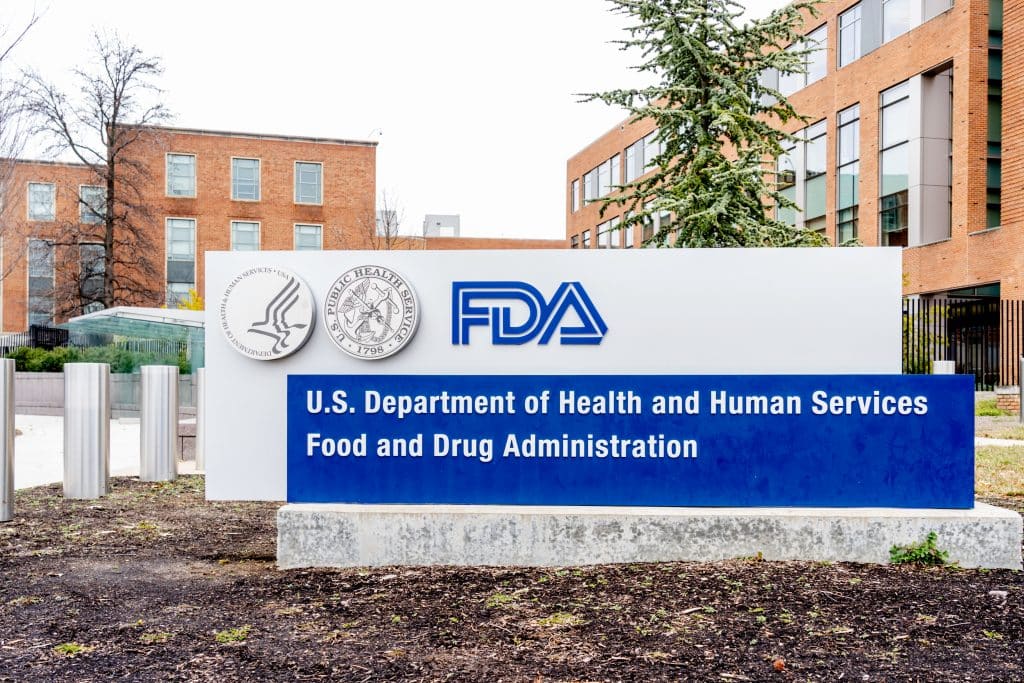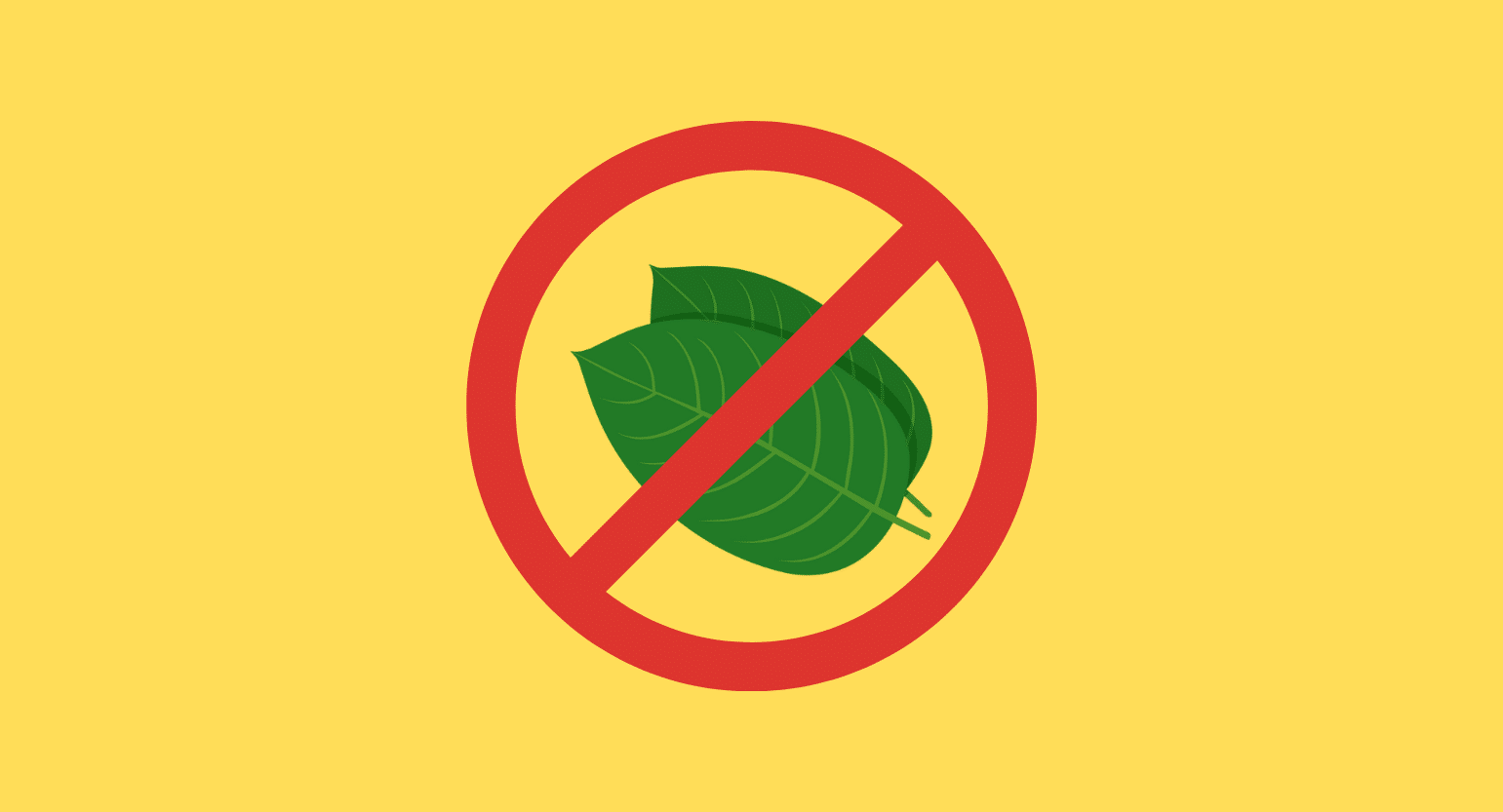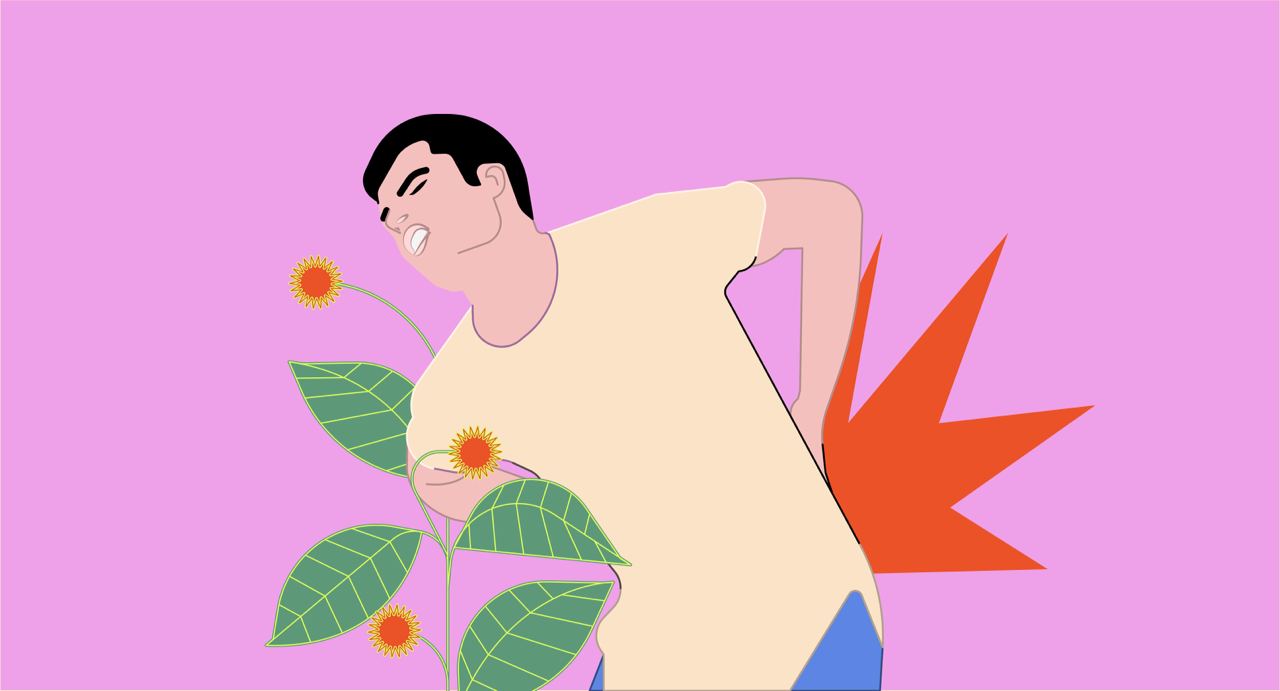The WHO’s Decision: A Win for the People
Kratom users take the win — this time. After reviewing the evidence, the WHO decided kratom should be kept under surveillance but does not see it as a threat.
The WHO Executive Committee on Drug Dependency concluded that there is insufficient evidence to recommend a critical review of kratom. The research they reviewed is available to the public. If you’re interested, check out the WHO’s publication on kratom.
Because of international law, the WHO is required to review psychoactive substances. After studying the research, the WHO then tells the United Nations what it finds. The organization either recommends limitations on these substances or suggests they remain available to the public.
The FDA, DEA, & Kratom – A Tough History
The concern about the WHO’s move to outlaw kratom came from how the Food and Drug Administration (FDA) has been working towards trying to ban the product for years.
Some believe the FDA was trying to encourage the WHO to review kratom so that the FDA didn’t have to deal with the drug scheduling process (a task they failed to accomplish for several years).
The FDA argued that people were frequently abusing kratom throughout the United States, and its opioid-like effects made it a common drug of abuse among recreational users.
The FDA’s history with kratom started in 2012 when the organization first listed kratom as an unapproved drug on an import alert. It received a second import alert two years later. Since then, the FDA has requested U.S. Marshals to seize multiple shipments of kratom from various entities.
The FDA’s greatest concern was its psychoactive compounds, specifically the alkaloids mitragynine and 7-hydroxymitragynine.
The FDA has even gathered multiple reports on what it believes to be deaths caused by kratom use. However, these adverse event reports show there are many underlying issues that cause these deaths — usually other drugs — and that kratom is not the culprit. The FDA still feels that kratom could contribute to these concerns.

Just one example in this report is the case of a man who died of a gunshot wound but had some kratom in his body at the time of autopsy. The FDA just listed the death as “kratom-related” and seemed to skip over the whole gunshot issue.
The FDA isn’t the only American organization that was fighting against kratom. The U.S. Drug Enforcement Administration (DEA) established an intent to classify kratom as a Schedule I drug based on the Controlled Substances Act claiming it’s a threat to public safety. It eventually withdrew its intent due to public backlash, a nearly unprecedented move.
The National Institute on Drug Abuse takes a different stance and supports research into kratom’s potential medical benefits, acknowledging that there are a very small number of deaths linked with kratom, and almost all involve contaminants or other drugs.
What Could Have Happened If the WHO Suggested a Ban?
The US doesn’t automatically turn the WHO’s opinions into law, but the FDA has had its eye on kratom for a while. The WHO’s suggestion to control kratom would have been all the ammunition it needed to add it to the list of controlled substances.
If a ban had been suggested, most, if not all, of the countries in the United Nations would likely have banned kratom.
The WHO’s decision could have kept kratom from being accessible to the public, making it harder for people to receive the pain support they need without resorting to opioids.

Kratom would have eventually become illegal in the United States. It wouldn’t be illegal immediately but would gradually get added to each country’s official list of prohibited substances — as per the recommendation of the WHO. For now, kratom is legal in most US states, albeit with some restrictions in certain places.
Federal law could overrule the laws established by the states, creating the same rule throughout the country by banning it everywhere.
Essentially, we would have the same messy situation that we have with marijuana. It’s federally a Schedule 1 Drug, but many states have legalized it for recreational or medical purposes. While the federal government has backed off and allowed states to handle these laws, there’s no guarantee it would do the same with kratom. Marijuana has had a long, hard fight to get to where it’s at, and it still hasn’t won.
It would take a while to pass laws and shut down all the businesses, but eventually, kratom would no longer be available to the people.
Why Banning Kratom Is a Bad Idea
The FDA wants to ban kratom because of its opiate-like effects. The idea is that kratom works on the same system as opiates and, therefore, must be just as bad.
But it’s not this simple.
What the FDA fails to understand is that kratom is a tool for harm reduction. People who live in constant pain rely on kratom as a source of relief without having to resort to prescription painkillers — which are notoriously addictive.
Kratom, as an atypical opioid, is substantially less addictive than synthetic opiates. It’s nearly impossible to achieve a lethal overdose on kratom, it takes substantially longer to become addicted, and the potential benefits far outnumber the risks.
The idea that kratom is contributing to the opioid epidemic in the United States is ludicrous. As the tens of thousands of comments submitted through protectkratom.org show, kratom offers much more benefit than harm to users navigating opiate addiction and chronic pain.
Drug overdoses reached an all-time high in 2022, with fentanyl becoming highly popular among many people looking for pain and stress relief. We need kratom now more than ever as a safer alternative to these dangerous street drugs. Banning it is only going to make the problem worse.
FDA: A Reminder of the Failed Drug War
The effects of trying to ban kratom are also somewhat reflective of the drug war and its appalling failure. The new attempt at banning kratom is just another lousy attempt to solve a problem through force instead of addressing the root cause of the issue.
Let’s have a look at some of the highlights of the failed war on drugs:
- Since the war on drugs was first declared by then-president Richard Nixon, the U.S. has spent nearly $1 trillion — or nearly $9.2 million per day on incarcerations
- The total burden of the opioid epidemic costs the U.S. government more than $500 billion per year (healthcare, justice, and death).
- The number of Americans arrested each year for drug possession has tripled since 1980 — someone is arrested every 25 seconds
- Six times as many people are arrested for drug possession than drug sales
- Prisons are ineffective for treating addiction — within the first two weeks of leaving prison, Americans are 129 times more likely to overdose
- Black Americans are 6 times more likely to be arrested on drug charges than white Americans
- The drug war didn’t work — between 2014 and 2016, drug overdose deaths rose 48%.
- An American dies from a drug overdose every 16 seconds — which is more than the number of people that die in car accidents.
The war on drugs was established to try and stop drug usage throughout the United States. But the war only made the situation worse.
Criminalization efforts on drugs have led to gang-related activities that often result in surges in violence and overdose-related deaths from the expansion of the highly potent opiate fentanyl.
The war on drugs has also led to an increased focus on punishing people who use drugs. It’s treated as a crime rather than a mental health disorder.

It doesn’t focus on helping people get over their drug addictions; it only serves to make their lives harder and more unbearable than before — pushing them to use drugs even further.
Nobody chooses to be a drug addict. It’s a symptom of life stress. People use drugs to escape a reality they find unbearable. This could be due to chronic pain, trauma, or feelings of inadequacy.
Tossing someone in jail puts them through additional trauma and discomfort, makes it nearly impossible to find meaningful work, and separates families — none of which offers any improvement on the mental health condition that is addiction.
Why Is Kratom Still Banned In Some Places?
Despite current research and the WHO’s recommendation, governments are still choosing to outlaw kratom. Why?
It boils down to decisions based on fear and misinformation regarding kratom.
The truth is, kratom is low-risk if you’re using it safely — just like most medications. This means not mixing it with other medications or drugs, using as little as possible, and taking breaks from it. Be cautious — talk to your doctor and find the proper dose.
What You Can Do to Resist the Ban
Get involved at a state level. Make sure your elected officials know how you feel. Check out the American Kratom Association to see how you can help.
You can fight back against this threat to kratom in the United States by leaving a comment with the FDA about why they should not try to outlaw kratom.
Leave a comment on protectkratom.org to let them know how kratom has helped you. Even if your comment isn’t about yourself, you can submit comments about a friend or family member who uses kratom.
The FDA’s effort to try and stop kratom is concerning, especially as opioid addiction becomes more of a problem in today’s society. Kratom is a highly beneficial compound that should be considered when looking at pain treatments.
Visit the Protect Kratom website today to learn more about how you can support efforts to stop the potential ban on kratom in the United States.









